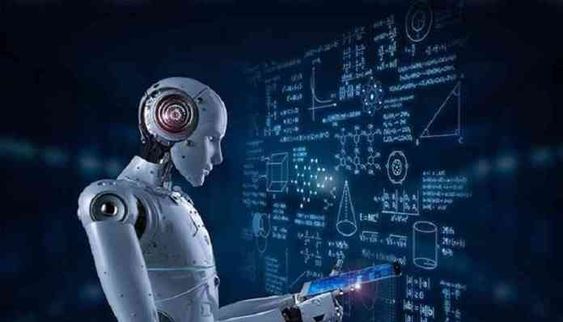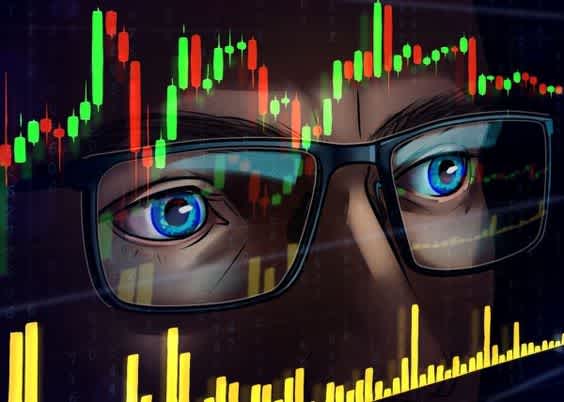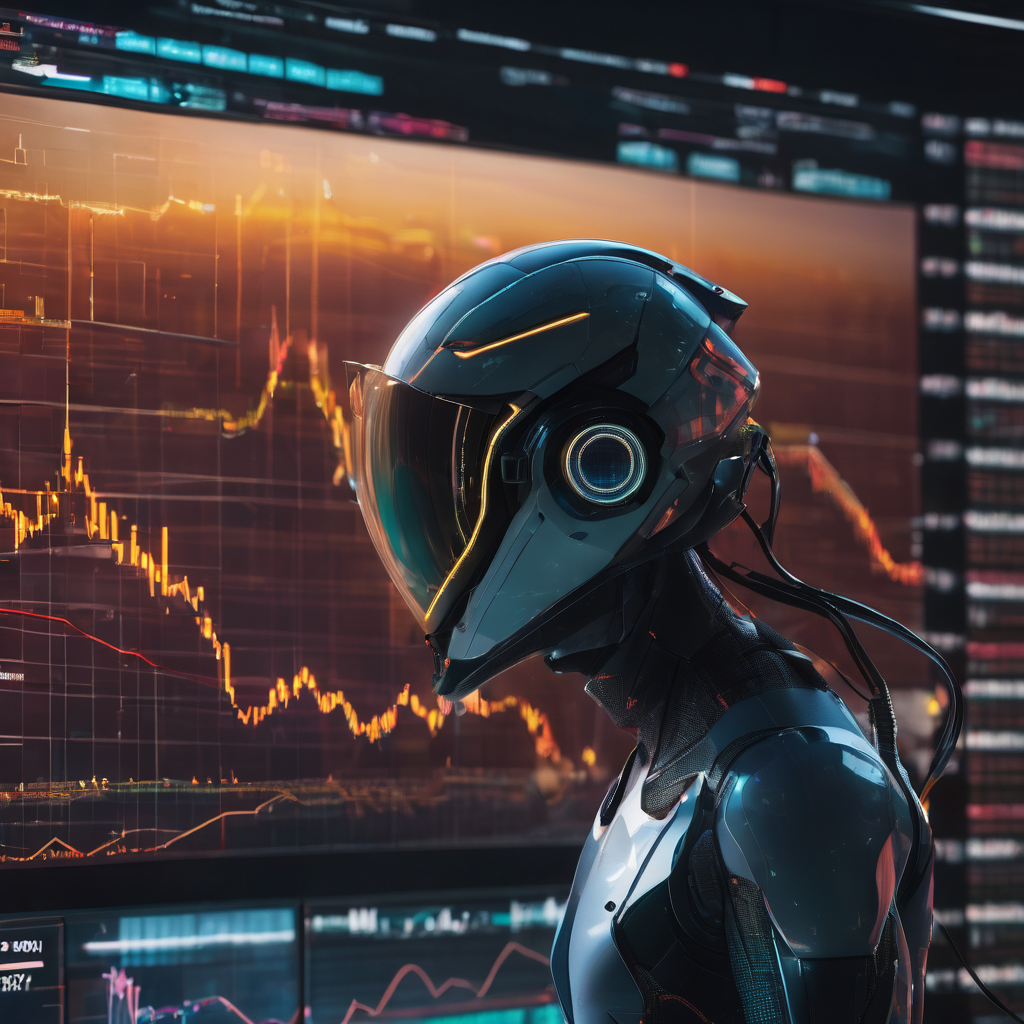5 Mistakes to avoid while doing Automated Trading.
Algo Trading Specifics
Automated trading has truly transformed the financial markets over the years. Back in the 1980s, only the big players like stock exchanges and investment funds had their hands on advanced algorithmic trading software. Fast forward to today, and the game has changed. Now, everyday folks, retail traders from all corners of the globe, get to enjoy the perks of automation. It's like the democratization of trading tools. However, amidst all the convenience, it's not all smooth sailing. Many users, even with these sophisticated systems, end up making mistakes. It seems like the more accessible automation becomes, the more there's a need for traders to really understand the ins and outs of these algorithms.
Before understanding the mistakes done by most of the traders while doing automated trading, let’s get to know what actually automated trading is.
What is Automated Trading
The Automated trading is the use of computer programs to automatically execute financial trades based on predefined criteria. It replaces manual decision-making with algorithm-driven processes for faster and more efficient trading in various markets.
If we explain in simple words, Automated trading is like having a smart computer do the buying and selling of financial stuff for you. Instead of you making every decision, you create rules and conditions for the computer program to follow. This program then analyzes a lot of information really fast and makes trades based on that analysis. It's like a helpful assistant that can react quickly to changes in the market. People use automated trading in different types of markets, such as stocks or cryptocurrencies, to make the whole process faster and more efficient.
Fun Fact: Back in 1971, the financial world witnessed its first automated trade when a computer program dabbled in buying and selling National Association of Securities Dealers (NASDAQ) stocks.
Mistakes while doing Automated trading
1.Overlooking Market Conditions
Overlooking market conditions in automated trading refers to the mistake of not regularly updating or adjusting trading algorithms to reflect the current state of the financial markets. Markets are dynamic, influenced by various factors like economic events, geopolitical developments, and sudden shifts in investor sentiment. Traders who fail to adapt their automated strategies to these changing conditions may find their algorithms underperforming or behaving suboptimally. This mistake stems from a lack of ongoing analysis and adjustment, as automated systems need to be flexible enough to respond to the evolving nature of the market environment. Regular reviews and updates ensure that the automated trading system remains in sync with the latest trends and events, enhancing its ability to make informed and effective trading decisions.
2.Ignoring Risk Management
Neglecting risk management in automated trading pertains to the oversight of implementing essential measures to control and mitigate potential financial losses. Traders sometimes become overly reliant on automation, assuming that these systems can operate autonomously without the need for meticulous risk considerations. In reality, effective risk management is imperative for automated systems to navigate volatile market conditions. This involves establishing clear risk parameters, defining trade size limits, and incorporating stop-loss mechanisms. Failure to enforce robust risk management strategies may expose the trader to substantial financial risks, emphasizing the importance of vigilance and proactive adjustments in the automated trading process.
3.Over-Optimization
Think of over-optimization in automated trading like trying to tailor your strategy so much to past data that it's like customizing a car for a specific road and then expecting it to perform perfectly on any terrain. In trading, if you fine-tune your algorithm too much for historical trends, it might struggle when faced with new market conditions. It's like having a favorite recipe that worked great in the past, but suddenly, the ingredients change, and you wonder why it doesn't taste the same. Over-optimization is about finding the right balance – making sure your strategy is solid without being too fixated on the past.
4.Lack of Monitoring
Lack of monitoring in automated trading is akin to setting up a complex system and then leaving it to its own devices without regular check-ins. Traders may overlook the importance of consistently observing how their automated strategies are performing. Without ongoing monitoring, it becomes challenging to identify potential issues, adapt to changing market conditions, or intervene in the case of unexpected behaviors from the automated system. It's like launching a satellite into orbit and assuming it will continue functioning without ever tracking its trajectory or status. Monitoring is a fundamental aspect of automated trading, ensuring that the system remains effective, aligned with trading goals, and resilient to unforeseen challenges. It provides traders with the necessary insights to make informed adjustments and maintain the overall health and performance of their automated strategies.
5.Insufficient Testing
Insufficient testing in automated trading is like building a car without taking it for a test drive. Traders sometimes rush or skip the testing phase before deploying their automated strategies. Imagine designing a robot to do a task without checking if its arms and legs work well together – that's the idea. Testing is crucial because it helps ensure the strategy behaves as expected under various market conditions. Without thorough testing, you might not uncover potential flaws or weaknesses in your algorithm. It's like baking a cake without tasting the batter; you won't know if it's good until it's too late. In automated trading, sufficient testing is like putting your strategy through its paces to make sure it can handle the unpredictable nature of financial markets.
I hope you liked the blog, Good luck on your trading journey.

![What is Quantitative trading? Examples and strategies. [+FAQs]](https://images.ctfassets.net/r9ab0t7s7887/nmmgmd6CJacSEgqp99fYG/5e3b787ddb31b5195d929899df70c6cb/quant_trading.png?w=801&h=452&q=50&fm=png)

